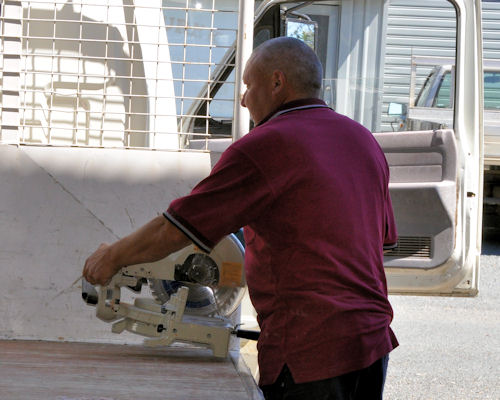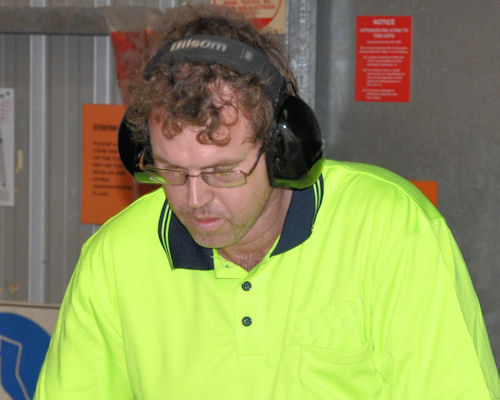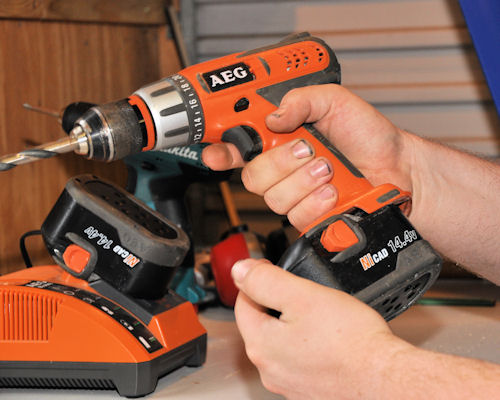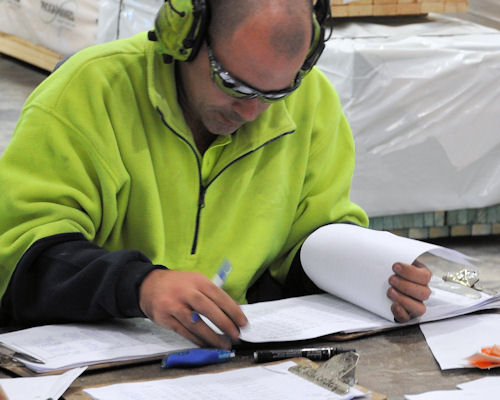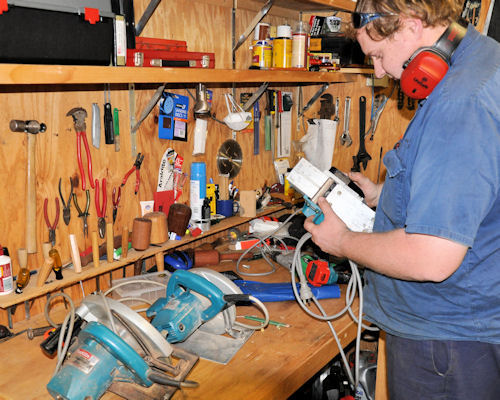Tools and equipment
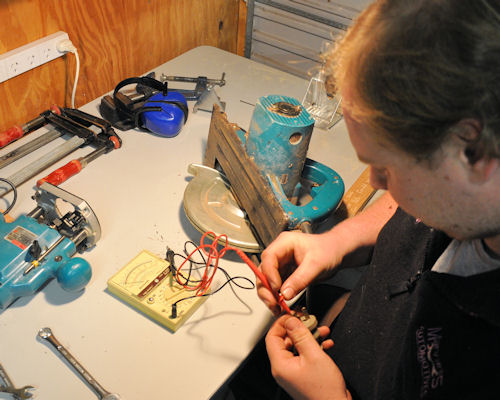 Audio for slide 5 (mp3 |6|KB)
Audio for slide 5 (mp3 |6|KB)
Tagged power tools
All power tools used at work need to be tested and tagged every three months by an authorised person. The test is designed to ensure that the tools are safe and not likely to cause a fire or electric shock.
Once a piece of equipment has been tested and passed, the authorised person attaches a tag to it, stating their name or company they work for and the test date.

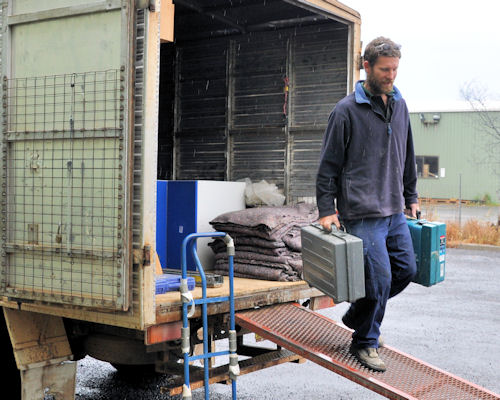 Audio for slide 7 (mp3 |6|KB)
Audio for slide 7 (mp3 |6|KB)
Tools, equipment and PPE
The links below will take you to lists of tools and other items typically taken on-site by kitchen and bathroom installers. Have a look at the lists and see how many of these items you would need for the sorts of installation jobs you do.
Power operated tools and equipment

Learning activity
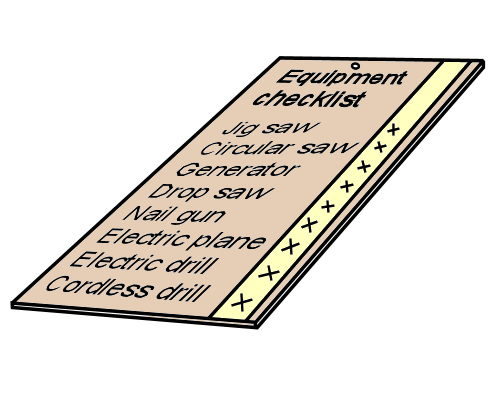 Audio for slide 8 (mp3 |6|KB)
Audio for slide 8 (mp3 |6|KB)
The best way to ensure that you don't forget to pack any of the tools and equipment needed for a job is to use a checklist.
You can make up a permanent checklist on a piece of plywood so it can be used each time you pack up the gear in the workshop, and when you re-pack it on-site to bring it all back.
Write the name and number of tools on the left hand side of the ply. Run a strip of masking tape down the right hand side.
Put a half cross against each item that you take when you leave the workshop. Complete the cross when you put the item back in your vehicle to leave the site.
Once you return, you can tear off the masking tape and replace it with a new piece, ready for the next job.
In between installations, hang the plywood checklist up near the area where you keep the tools and equipment.



